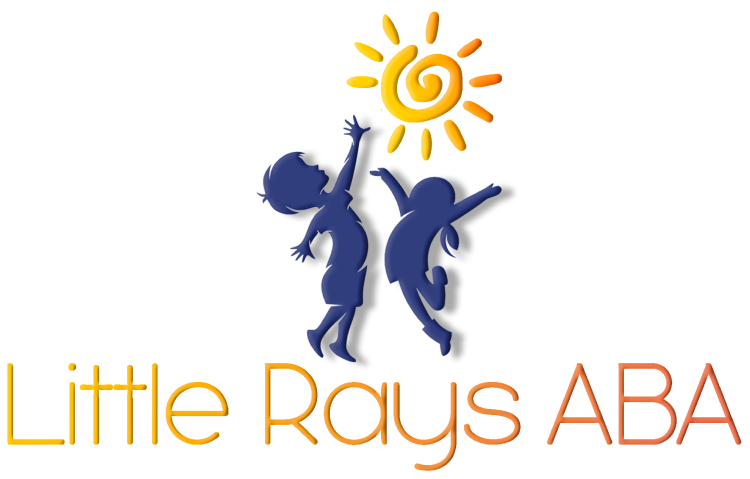
High-Functioning Autism vs. Asperger’s: What’s the Difference?
The terms “high-functioning autism” and “Asperger’s syndrome” are often used interchangeably, but they have important distinctions—especially in how they were used before 2013.
Asperger’s syndrome was once a standalone diagnosis on the autism spectrum. Individuals with Asperger’s typically had average to above-average intelligence and no significant delays in language development but showed challenges with social interaction, understanding emotions, and flexibility.
High-functioning autism (HFA) refers to individuals with autism who also have average or above-average intelligence but may have had early language delays. The main difference used to be based on language development in early childhood.
However, in 2013, the DSM-5 (Diagnostic and Statistical Manual of Mental Disorders) removed Asperger’s as a separate diagnosis and included it under Autism Spectrum Disorder (ASD). Today, clinicians use ASD with varying levels of support needs instead of terms like “Asperger’s” or “HFA.”
At Little Rays ABA, we understand that labels can be confusing. That’s why we focus on each child’s unique strengths and needs rather than the label and create a personalized therapy plan that helps them thrive.
Frequently Asked Questions
Are Asperger’s and high-functioning autism the same?
They share similarities, but had different criteria—especially regarding language development.
Is Asperger’s still a diagnosis?
No, it was removed in 2013 and is now part of Autism Spectrum Disorder.
What defined Asperger’s in the past?
Average intelligence and no early speech delay, but social challenges.
Related Posts





